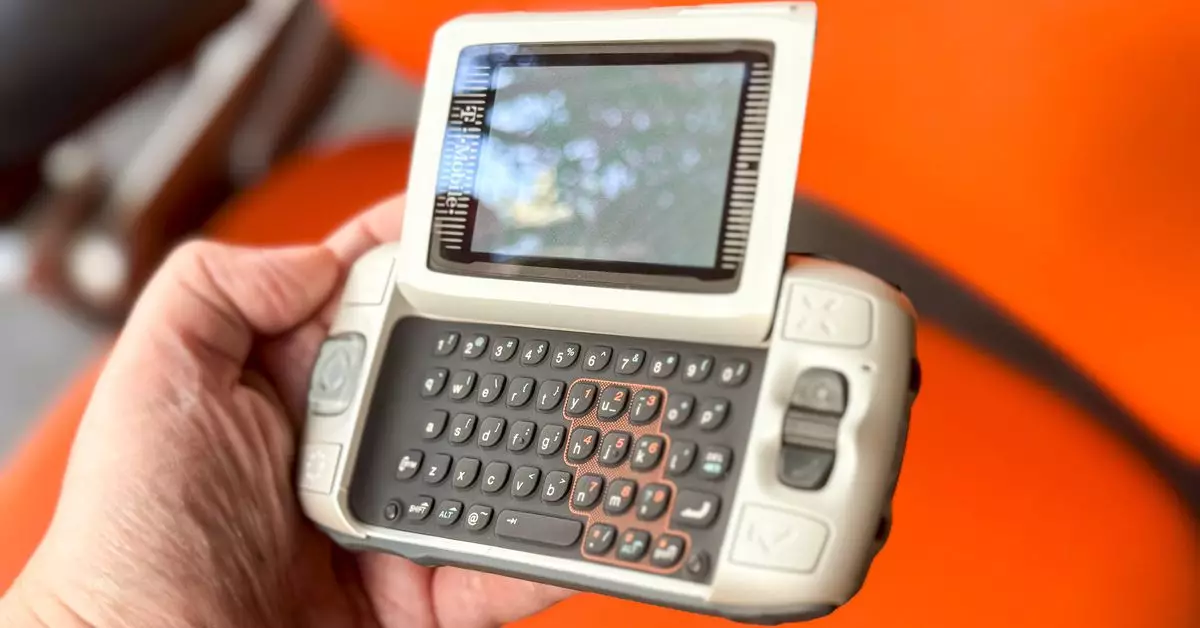Before the era of smartphones dominated by the iPhone and Android, there was a revolutionary device known as the T-Mobile Sidekick. This iconic soap bar of a phone made it incredibly easy to be productive and get things done. The Sidekick introduced features like cloud sync, unlimited data, real web browsing on mobile, and seamless instant messaging and email capabilities thanks to its landscape hardware keyboard. However, one feature that often goes underappreciated is the Jump button, which played a crucial role in tying the entire device together.
In a world where opening an app on modern smartphones involves tapping on a notification or searching for the right homescreen icon, the T-Mobile Sidekick’s Jump button revolutionized multitasking. The device came with preset and programmable keyboard shortcuts that allowed users to seamlessly switch between apps with ease. This made tasks like taking notes in class, browsing the web, chatting with friends, and emailing oneself a breeze, all without having to lift a finger off the keyboard.
While the official user manuals of the Sidekick often described the Jump key as a glorified home button, its true potential lay in its chorded design. Matías Duarte, the former Director of Design at Danger who later worked on webOS and Android, reveals that pressing multiple keys simultaneously unlocked the true power of the Jump button. The device was designed to allow users to perform a wide range of tasks, from sending emails to chatting on ICQ, all without the need to navigate through various menus.
Unlike its competitors of the time, such as Palm Pilots and BlackBerrys, the Sidekick adopted a true multitasking architecture that allowed apps to run in the background without being closed. This approach to app management, along with the innovative notifications system that did not interrupt users, laid the groundwork for the multitasking capabilities that are now standard on modern smartphones. The Jump button’s simplicity in allowing users to switch between tasks effortlessly was a testament to its effectiveness.
Despite facing a decline and eventual demise, the T-Mobile Sidekick left a lasting legacy in the world of smartphones. Many of the device’s useful keyboard shortcuts and multitasking features have carried over to modern devices, including Android phones. The Menu button, which offered additional chorded keyboard shortcuts, exemplified the Sidekick’s commitment to simplicity and functionality. While the device may have been overshadowed by newer technologies, its innovative approach to multitasking and task-switching continues to influence the design of smartphones today.


Leave a Reply